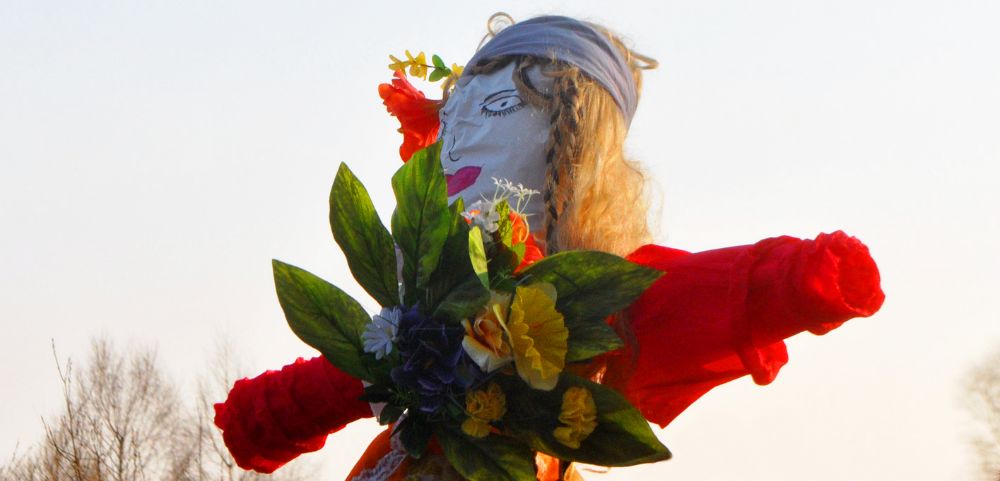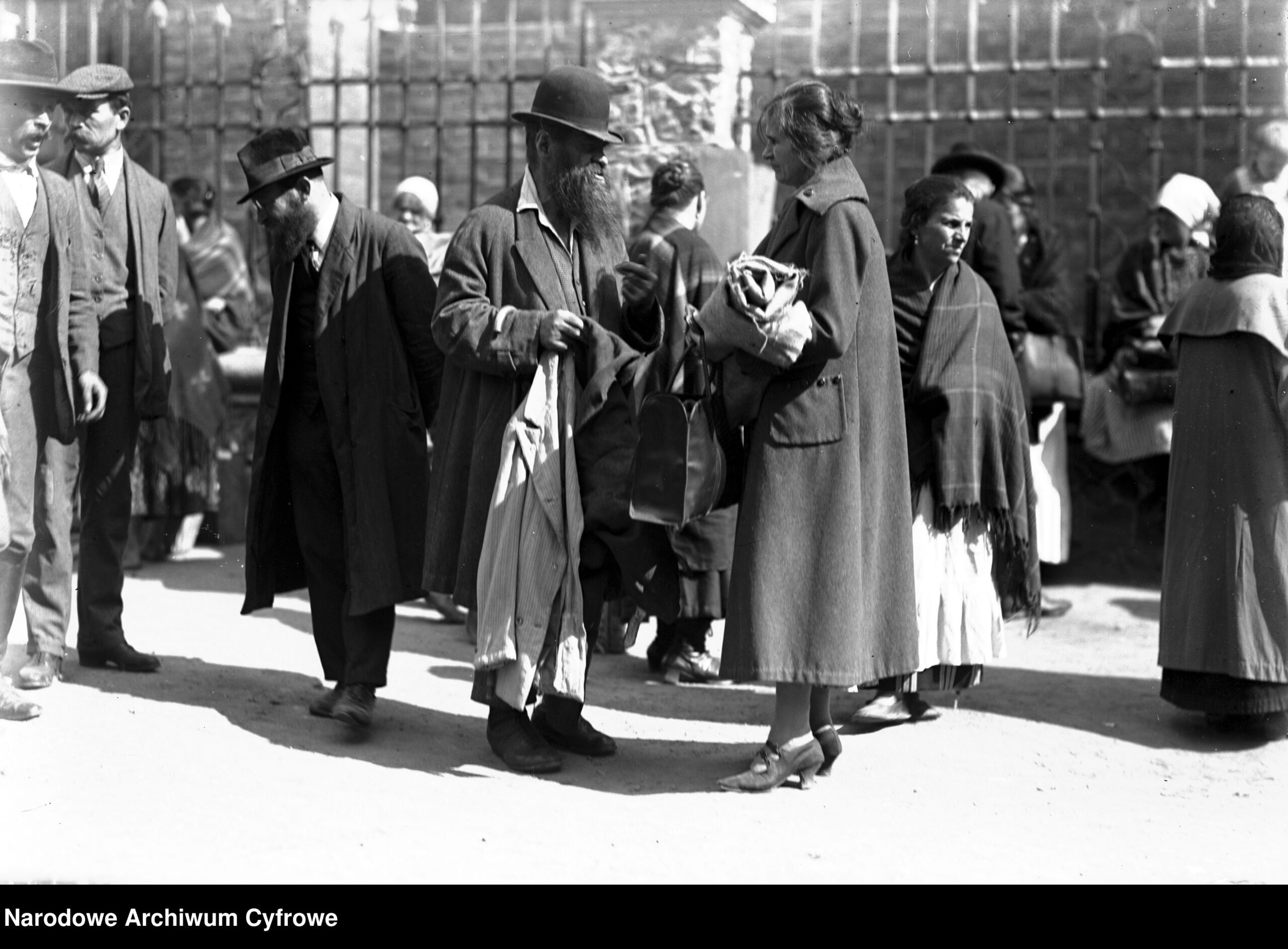
The tradition of drowning an effigy of Marzanna is a folk custom to celebrate the end of winter. It survived in the Czech Republic, Poland, Lithuania, and Slovakia. The ritual involves preparing a female effigy and either setting it on fire or drowning.
Who is Marzanna?
Marzanna (in Polish), is a Baltic and Slavic goddess associated with seasonal rites. She is often described as a demon associated with death, winter and nightmares. The death of Marzanna at the end of winter is often juxtaposed against the birth of Jarilo. He is a Slavic god that represents the coming of spring. In 15th century Polish chronicler Jan Długosz described her in his Annales as similar to Ceres, Roman goddess of agriculture. Marzanna is also the name of the effigy, which was ritually burned or drowned during an early spring rite called Jare Święto in order to welcome spring.
The look of the effigy of Marzanna
The effigy has usually been made of straw, wrapped in white cloth and adorned with ribbons and necklaces. Traditionally the effigy has initially been carried past every house in the village by a group of children holding green juniper twigs. During this procession Marzanna was repeatedly dipped in every encountered puddle or stream. In the evening the effigy was passed to the teenagers, the juniper twigs were lit, and thus illuminated Marzanna was carried out of the village, burned, and thrown into water. There is a number of superstitions related to the custom of drowning Marzanna. If someone touches the effigy once it’s in the water his hand will wither. Also looking back while returning home may cause an illness, while stumbling and falling may lead to a relative’s death within the coming year.
Opinion of the Catholic Church
Today drowning effigy of Marzanna
Today, the custom is celebrated on 21 March, which coincides with the traditional date of Jare Święto. In modern times the rite associated with Marzanna has lost its sacred character and are an occasion to have fun and celebrate the beginning of spring. The tradition is usually celebrated around the spring equinox on March 21.
The rite is usually performed by children from kindergartens and primary schools during field trips. Children usually prepare puppets by themselves thus they vary in size and shape. Along with school children local folklore groups and other residents take part in the rite. A procession consisting of men, women and children carries handmade Marzanna to the nearest river or lake. The participants sing traditional songs and throw effigies of Marzanna into the water. Sometimes the effigies are first set on fire, or their clothes are torn. The rite represents the end of winter, victory over death, and is held to to hasten the approach of spring.




